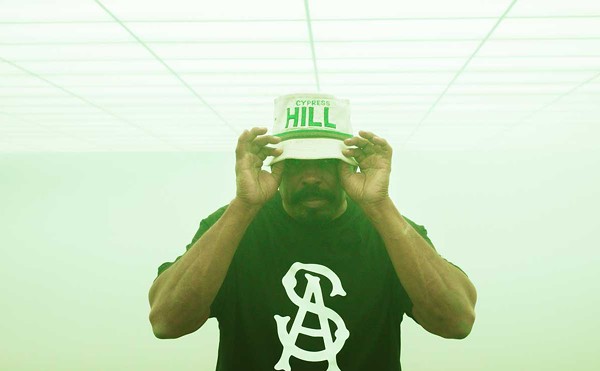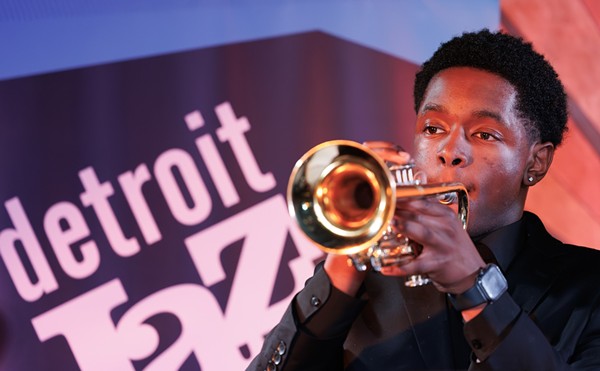In drummer Chico Hamilton’s pianoless quintet of the ’50s and ’60s, the combination of electric guitar and cello made for a lush jazz otherness, pushing avant-garde sonics into the pretty end of the spectrum. The Original Ellington Suite is Hamilton’s grouping of nine Ellington tunes — from “In a Mellotone” and “In a Sentimental Mood” to “It Don’t Mean a Thing If it Ain’t Got that Swing” — that grooves politely while exploring the rarer atmospheres of Duke’s universe. This set has a lost masterwork aura, since the original never saw the light of day, the CD being a transfer from a rescued vinyl test pressing. More important, the sax chair is held down by one Eric Dolphy — it’s 1958, prior to his stint with Coltrane — but his distinctive alto sound (also flute and clarinet) is already there. On “I’m Beginning to See the Light” and “It Don’t Mean a Thing …,” Dolphy leaps into action, goosing the band and giving us a hot dose of lovely madness to come.
The CD of Muhal Richard Abrams’ third album for Chicago’s Delmark Records, Things to Come From Those Now Gone (1972), lets us re-experience some of the conceptual shock of his early work. As the title says, Abrams took past adventures in jazz and extended their relevance with a new approach to composition. In fact, the key word for him was composing. Each of the seven tracks is a separate soundscape, positioning different instruments (and voice on “How Are You?”) to maximize Abrams’ resources. Throughout, his piano is a guiding thread through an amazing necklace of contrasts — between such barn burners as the title track and the delicate, echoing vibes of “Ballad for Old Souls.” Teacher and elder statesman Abrams — playing here with emotional dynamos Ari Brown, Steve McCall and Rufus Reid, among others — makes it no wonder that Chicago took a lead role in ’70s new music.
Lastly, the folks at Columbia must be getting a little desperate, if the decision to package eight of Miles Davis’ slower, moodier pieces as Blue Miles is any indication. Inspiration-wise, there’s no way to miss any one of these tracks — “’Round Midnight” with its exquisite Coltrane solo, “Blue in Green” from Kind of Blue, the high-priced soul spread of “Drad Dog,” the Wayne Shorter dream of “Circle” and more. But come on, guys, these all belong back in their contexts, where they make sense in contrast with head-bobbing swingers. Miles never played a set like this in his life, never thought of himself as background for whatever. But, I guess that’s what marketing to the numb and the restless is all about — the worst part of the digital revolution.
George Tysh is Metro Times arts editor. E-mail him at [email protected].





